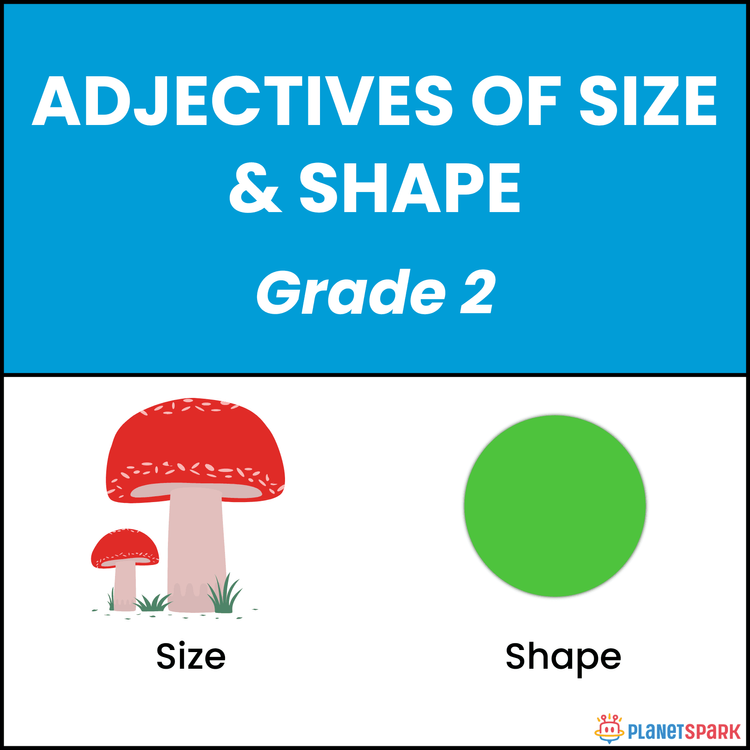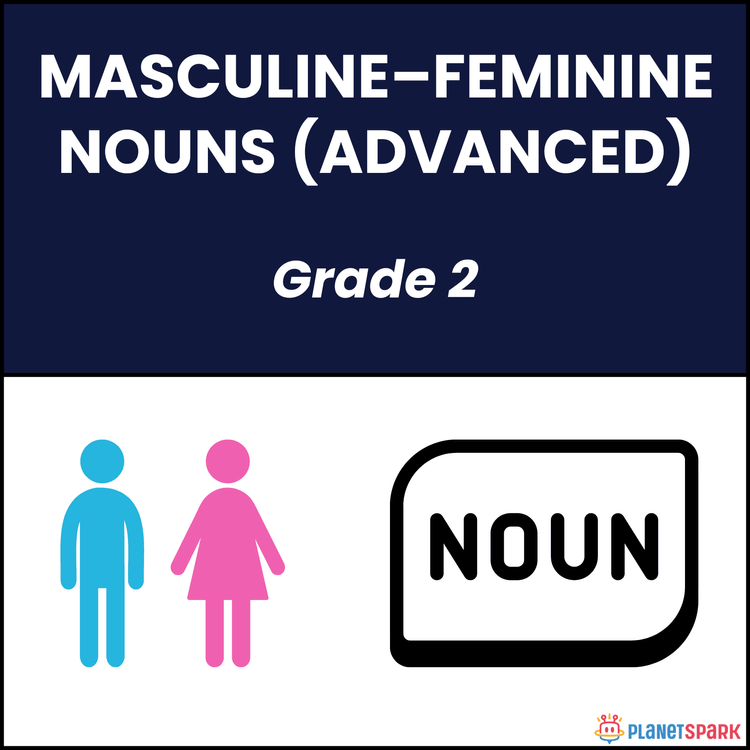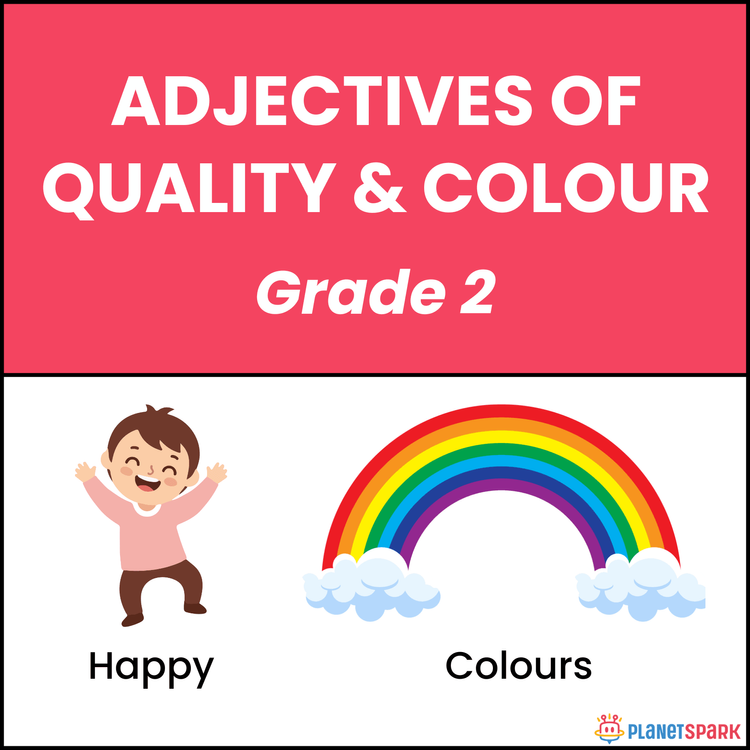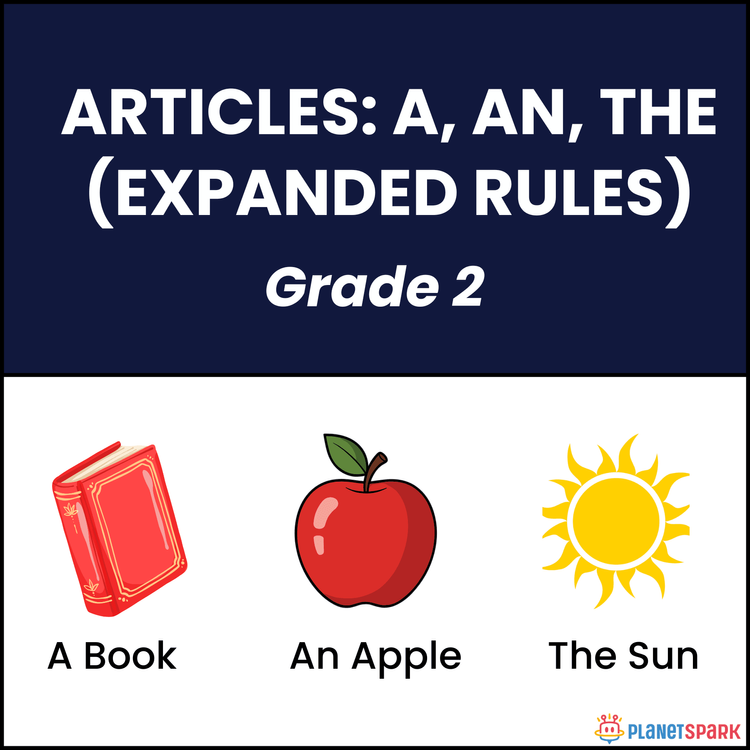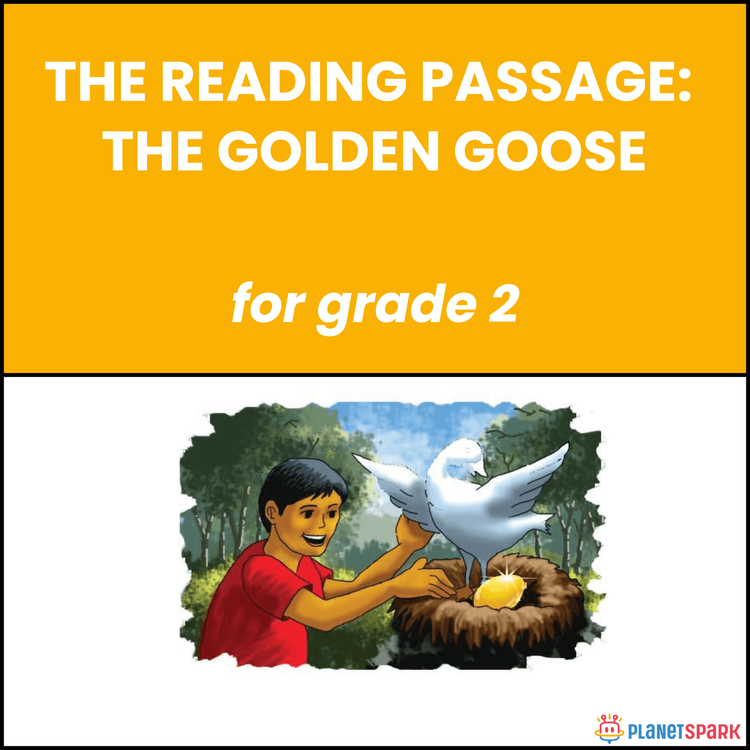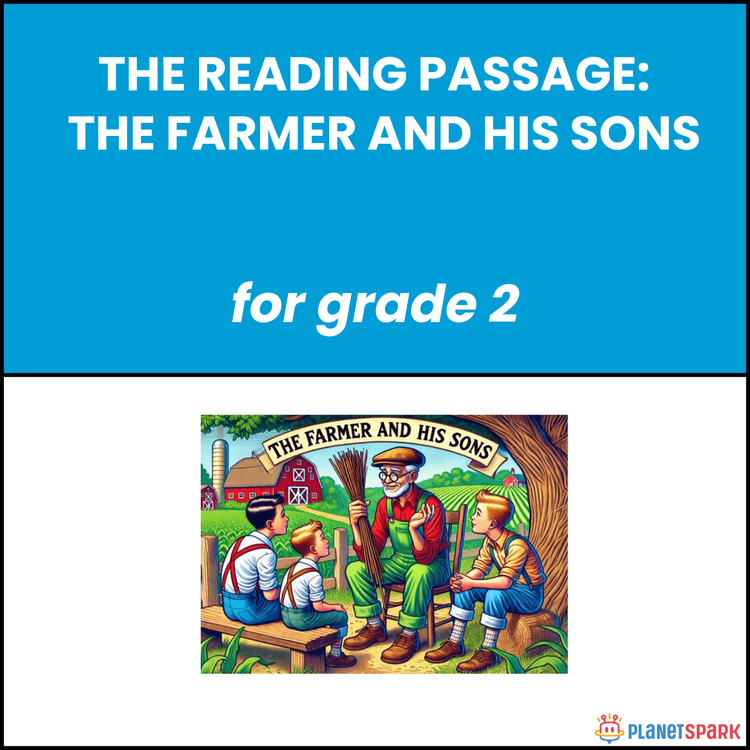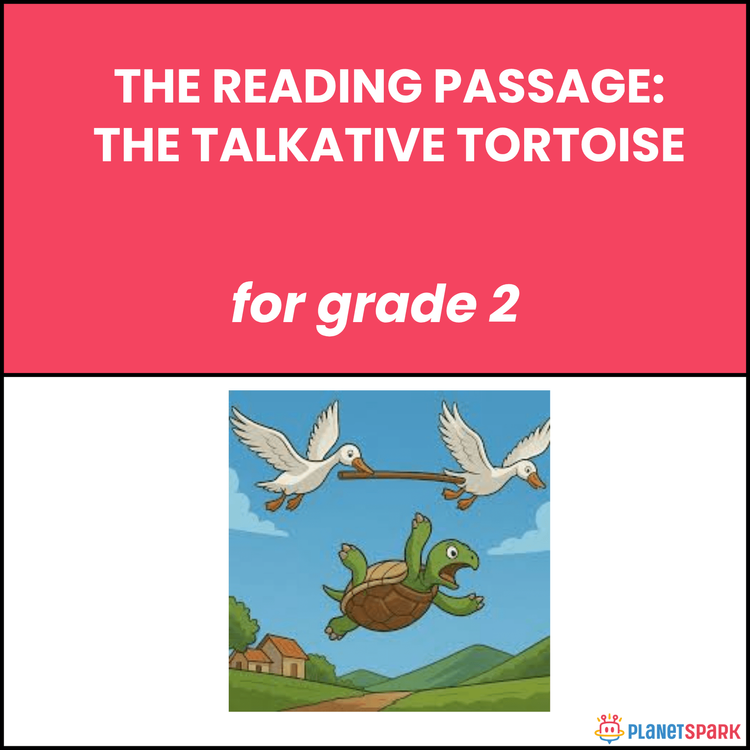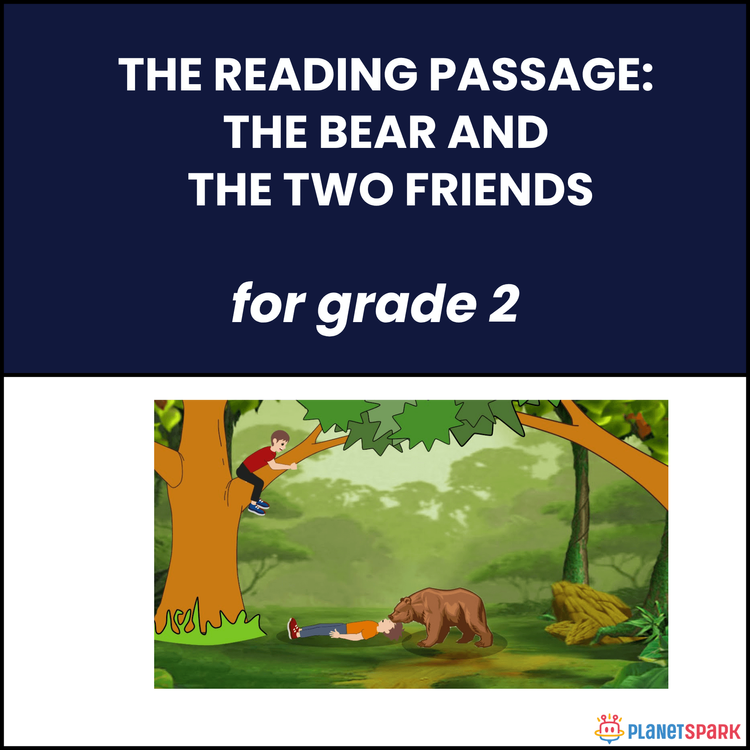Grade 2 Reading Passage on The Crow and the Pitcher
Class 2Free DownloadPDF
Simarpreet KaurVisit Profile
I am a dedicated and student-focused educator with over 5 years of experience teaching. Currently, I am working as a teacher at Planet Spark. I love teaching at Planet Spark because the interactive, one-on-one teaching format and curriculum quality, that’s easy to follow and effective.
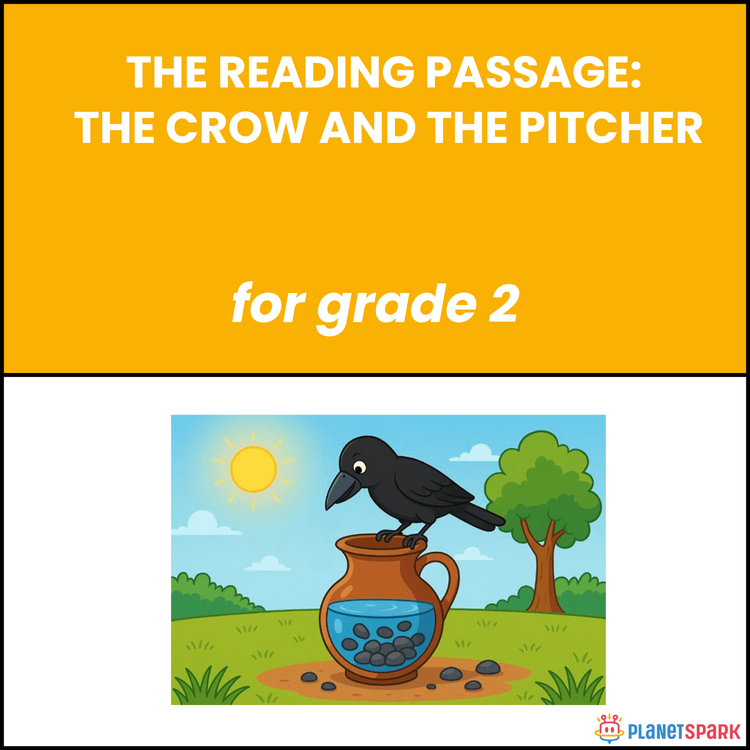

Grade 2 Reading Passage on The Crow and the Pitcher
Class 2Free DownloadPDF
Simarpreet KaurVisit Profile
I am a dedicated and student-focused educator with over 5 years of experience teaching. Currently, I am working as a teacher at Planet Spark. I love teaching at Planet Spark because the interactive, one-on-one teaching format and curriculum quality, that’s easy to follow and effective.
Smart Solutions: The Crow and the Pitcher Reading Comprehension for Grade 2
This Grade 2 reading comprehension worksheet, *“Smart Solutions: The Crow and the Pitcher,”* encourages children to think creatively and critically while reading. The story tells of a thirsty crow searching for water on a hot summer day. The crow finds a pitcher with a little water but can’t reach it with its beak. Instead of giving up, the clever crow drops small stones into the pitcher one by one until the water rises high enough to drink. The crow quenches its thirst and flies away happily — teaching children the power of smart thinking and patience.
Why Reading Comprehension Matters in Grammar?
Reading comprehension helps learners connect logic and action, building both vocabulary and reasoning. For Grade 2 students, this story helps because:
1. It develops problem-solving and critical thinking skills.
2. It enhances descriptive vocabulary (e.g., pitcher, thirst, stones).
3. It teaches cause-and-effect relationships.
4. It builds moral understanding through reading reflection.
What’s Inside This Worksheet?
Exercise 1 – Multiple Choice Questions
Students answer key factual questions about the crow’s actions, its clever idea, and the story’s lesson.
Exercise 2 – Comprehension Questions
Students explain how the crow solved the problem, why thinking helps, and share real-life examples of problem-solving.
✅ Answer Key (For Parents & Educators)
Exercise 1 – Choose the Correct Answer
1. a) Water
2. b) In a pitcher
3. d) Its beak couldn’t reach the water
4. b) Dropped stones
5. c) The crow drank
6. a) Think carefully to solve problems
Exercise 2 – Answer the Following Questions
7. The crow’s beak could not reach the water at the bottom of the pitcher.
8. Thinking carefully helps us find solutions to problems.
9. The crow dropped stones into the pitcher to raise the water level.
10. For example, using a ladder to reach a high shelf safely.
Help your child learn creativity, patience, and reading comprehension through this *Crow and the Pitcher* worksheet!
🔖Book a free trial!
Frequently Asked Questions
It teaches problem-solving, logical thinking, and the value of perseverance through engaging animal stories.
They learn to identify cause and effect, predict outcomes, and understand how characters solve challenges.
It helps children connect smart decisions with positive results, building critical thinking and moral reasoning.
